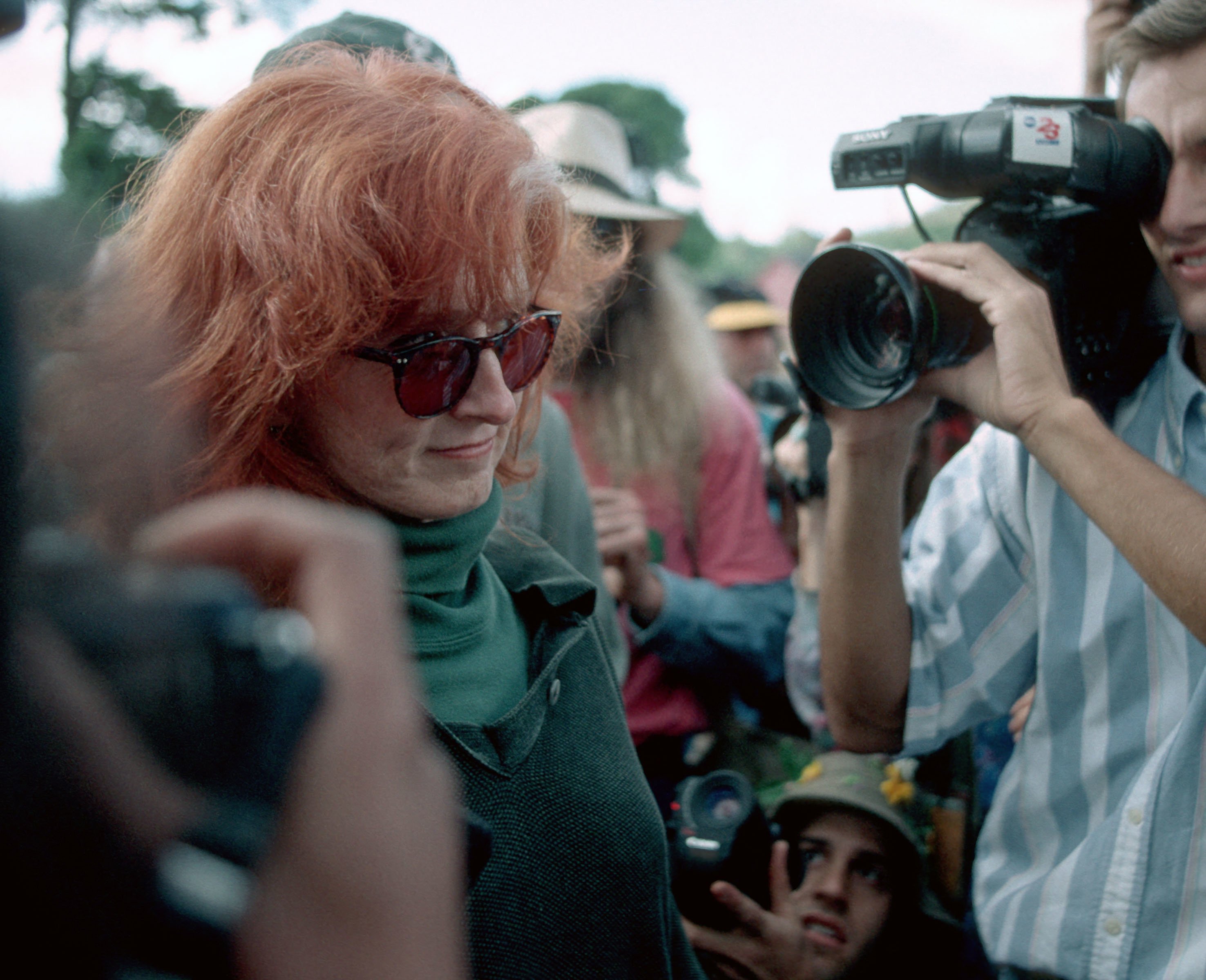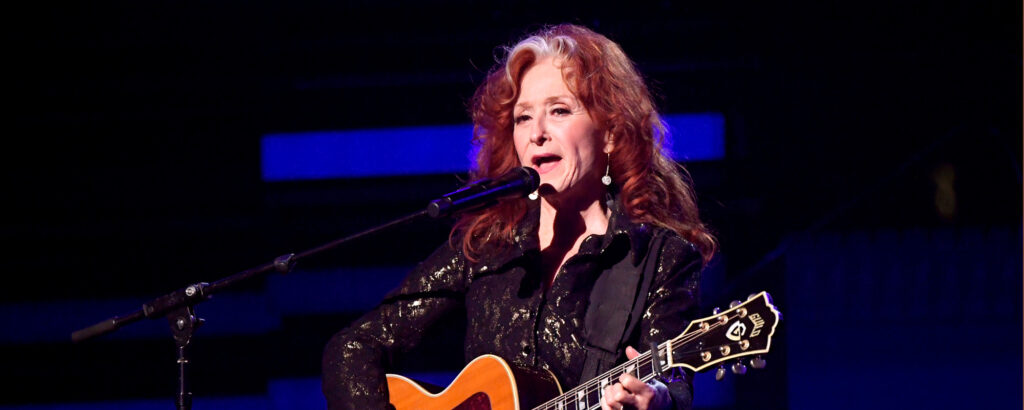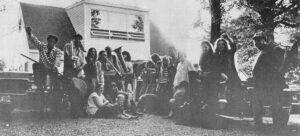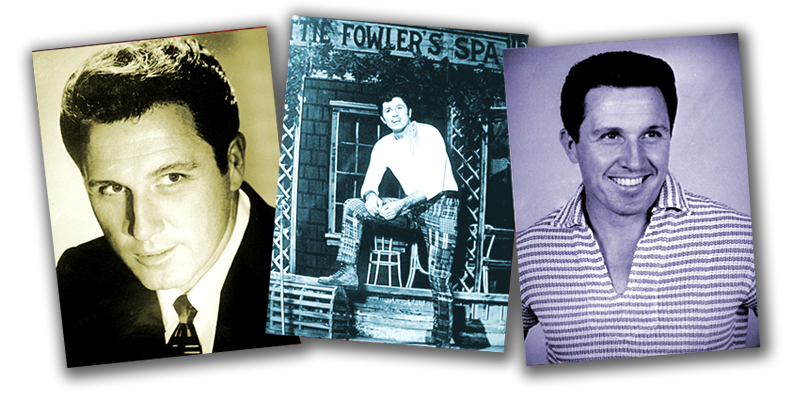
Bonnie Raitt thinks it’s just plain stupid that the government wants to ship tons of deadly waste across the nation in trucks and trains, and to store it on public land near earthquake fault lines.
“In a terrorist climate, any of those trucks or trains could be attacked. It’s absolute insanity. Not
to mention, Yucca’s not secure. On every level, it’s insanity,” she says.
Raitt, who has been willing to get arrested during other environmental fights, isn’t just talking. She’s donating part of her tour profits to anti-Yucca Mountain groups. That tour arrives at the Aladdin Theatre on Tuesday. She hopes she plays at least a small part in convincing thousands of protesters to rise up across America.
“We don’t want to wait until there’s one accident, and everybody goes ‘oops’ when one of the major interstates gets knocked out, and everybody that’s been irradiated has got to get evacuated or quarantined,” Raitt says.
The federal government claims the waste will be secure. Raitt thinks that’s a load.
“Why don’t they put it on (President George W. Bush’s) farm, if it’s so safe?” she asks. “You shouldn’t move it at all. But if it’s so safe, put it in a country club where most of those CEOs and the president” hang out.
Raitt knows that the Yucca issue hasn’t become a priority with mainstream America. But she believes that could change if more mainstream entertainers speak out.
“Hopefully, we’ll get some more coalitions of artists that are beyond the antinuclear pod that everybody knows about: Jackson (Browne) and myself, and David Crosby, and the Indigo Girls.”
Anticipating an obvious question about celebrities who get involved in politics, Raitt makes their case.
“People say, Why do rock musicians talk about stuff they don’t know about?’ First of all, I do know about it. Second of all, we all stand to be threatened by it,” she says. “And artists have always been
town criers for what needs to be said.”
Besides, only rich celebrities have the clout to battle big business. “The antinuke movement doesn’t have the big bucks that the oil and the nuke industries have,” she says.
Raitt is conducting this interview partly to spread the word again. But Raitt also is promoting her new album, “Silver Lining,” and her tour stop at the Aladdin, with Lyle Lovett.
Raitt, still blessed with a small nation of red hair, switches gears from lobbyist for the people back into music mode, talking with the steady confidence of her guitar-sliding, Rock and Roll Hall of Famer self.
At 52, Raitt remains both a music industry insider and an outsider: an insider for being raised in Los Angeles and establishing herself as a musician’s musician, a country-smart blues-rocker who didn’t sell a hit album until she was pushing 40; and an outsider for not releasing hit songs featured in MTV music videos and on pop radio.
Raitt sounds only pragmatic about being left out of mainstream pop, a condition she shares with other baby boom musicians, she notes.
“There’s always been beautiful women and pop stars on the charts and there always will be. And there will always be music for teenagers. I don’t bemoan that. I just think there just needs to be democracy in terms of fairness.”
Raitt says artists such as David Gray, Dave Matthews, Alicia Keyes, India.Arie, Lauren Hill, Radiohead and Coldplay have broken through to the mainstream from their “parallel universe for quality.” And that’s because they have hit songs.
Quality artists “will always have an audience. They just won’t be able to sell in the millions unless they have a breakthrough record,” she says.
Raitt’s breakthroughs came with the 1989 album, “Nick of Time,” and the 1991 hits “Something to Talk About” and “I Can’t Make You Love Me.” After two decades as a critical success, she picked up seven of nine career Grammys within three years.
“I was always the underdog for 20 years,” Raitt says. “So I based my following on lots and lots of good shows and touring, and winning people over by not being lame”
Music reviewers sometimes worshipped Raitt. Many at least talked her up as a soulful singer who played a mean guitar. Raitt says it helped her that as she aged, fans who were DJs became radio programmers, and then writers at medium-sized publications ascended to major newspapers and magazines. But that’s changing.
“Now those guys are getting booted out to pasture,” she says. “And now the younger guys are reviewing me, and I’m getting my first round of ‘she sings good but so what,’ ” she says and laughs. “Some kind of snotty attitude about somebody in their mom’s generation. So the honeymoon’s over of always getting good reviews.”
She says that, but “Silver Lining” has sold half a million copies. The album and the tour have received typically strong Raitt reviews.
Raitt says “Silver Lining” is the work she’s proudest of. She returned with the producers she’s worked with since 1998, the estimable Mitchell Froom (who’s also overseen Elvis Costello and Joan Osborne) and Tchad Blake (who’s worked with Pearl Jam and Los Lobos).
“I like to mix up the team to freshen it up, for me, and for my fans, and the musicians that I play with, because if you stay with the same team, it gets pretty boring.”
Before recording “Silver Lining,” Raitt picked a few handfuls of songs to cover, and chose their song arrangements. The producers helped shape the contemporary but down-home sound of the album by using new effects and vintage equipment.
“It sounds organic and intimate and natural, but it also has some interesting modern innovations,” Raitt says. The songs “are incredibly fun to play.”
Raitt says she wrote two new songs only after framing “Silver Lining” with covers of songs written by musicians who she enjoys and wants to promote.
“A lot of people write songs because they’re expressing themselves. I kind of picked ‘Hear Me Lord’ from Oliver Mtukudzi, because I want to play that groove onstage, and I want to promote him.”
The two songs she wrote — “No Gettin’ Over You” and “Gnawin’ on It” (co-written with Roy Rogers) — are bluesy rockers that allow Raitt to dig into her guitar onstage.
“I’ve mined my personal life enough in the last few records. I thought it would be kind of a pleasure to write some randy songs. And I love that gutbucket give-it-up feel of No Gettin’ Over You,’ ” Raitt says. “And this is the right band, with Jon Cleary on piano to pound out those songs.”
Raitt credits Rogers him with providing “Gnawin’ on It’s” raw energy.
“I’m using my album for fun, to write a good song. But the reason (“Gnawin’ on It”) is great is because of Roy Rogers,” she says. “To collaborate with him on the first man-woman duel guitar duel ever was
exciting.”
Some songs on “Silver Lining” could get more radio airplay on adult-oriented stations if things were different, Raitt suggests. But deregulation of the radio industry, and radio stations being owned by only a few companies, has made it hard for artists to cross over into mainstream markets, she says.
“And to get played in the grocery stores, malls, that type of thing, you have to cross over.”
A lot of adults want to hear Raitt’s type of music, she says. The success of the “O Brother, Where Art Thou?” soundtrack — which sold 7 million copies without radio play — proved that.
But baby boomers and younger adults usually don’t even find out that their favorite musicians have new albums on the market.
“They would buy records if they knew they were out. We just have to be creative, to take TV ads out instead of videos,” Raitt says. “And we just do different types of promotion. I’m on the airline (radio) channel. I’ve done more than 70 interviews for this record. … Plus, you have to do good shows or people won’t come to see you.”




















 Visitors Today : 59
Visitors Today : 59 Now Online : 0
Now Online : 0



































































































